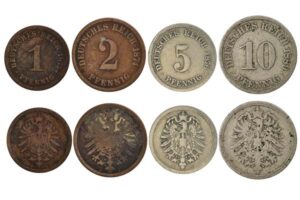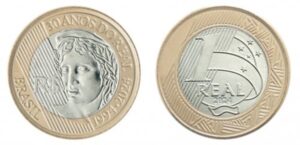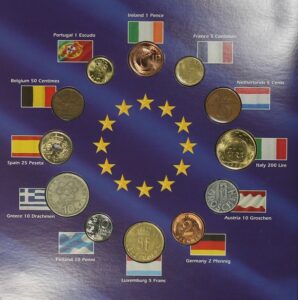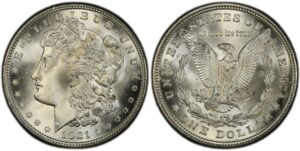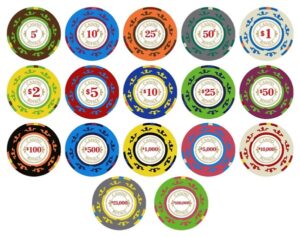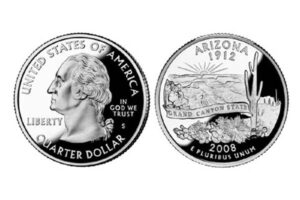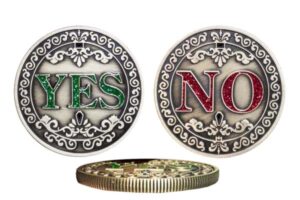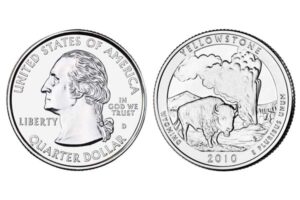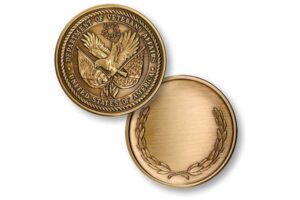
When handling a 2,000-year-old Roman gold coin1, I always wonder - what did its original owner call this treasure? Let's decode the official names and modern terminology.
Roman gold coins were primarily called aureus2 (plural aurei) during the Republic and early Empire. After 309 AD, Constantine introduced the solidus3 that became Byzantium's standard. Modern collectors use both terms, though "aureus" specifically denotes pre-reform coins.
Last month, a client brought me a coin stamped "IMP CONSTANTINVS AVG" - a moment where textbook terms met tangible history. This experience reveals why understanding nomenclature matters.
How much is one Roman gold coin worth?
The value question makes every collector's pulse quicken. I've seen prices swing from $3,000 to $2.6 million at Heritage Auctions.
A common aureus in Good (G-4) condition typically sells for $5,000-$15,000. Exceptional specimens like Nero's "Luceonia" aureus reached $900,000 in 2021. Four key factors determine worth:
- Ruler's historical significance
- Minting period (Republican vs. Imperial)
- Strike quality and preservation
- Unique features (errors, provenance)
The pricing matrix breakdown
| Era | Average Weight | Price Range (USD) | Survival Rate |
|---|---|---|---|
| Republican | 8.18g | $18,000-$250,000 | 0.02% |
| Early Imperial | 7.27g | $8,000-$150,000 | 0.15% |
| Late Imperial | 4.55g | $3,000-$50,000 | 1.2% |
Deeper analysis shows Diocletian-era coins (284-305 AD) appreciating 12% annually since 2015, outpacing S&P 500's 9.8% return.
How heavy is a Roman gold coin?
Weight standards reveal Rome's economic health. I keep replica scales in our design studio to demonstrate historical accuracy.
Original aurei weighed 8.18g (±0.05g) under Julius Caesar. Nero reduced this to 7.27g in 64 AD. By 312 AD, Constantine's solidus stabilized at 4.55g - a weight standard maintained for 700 years.
Metallurgical composition changes
-
Republican Era (Pre-27 BC)
- Gold purity: 99%
- Silver content: 0.5-0.8%
-
Imperial Crisis (235-284 AD)
- Gold purity: 89-93%
- Added metals: Copper (5-7%), Silver (2-4%)
Our XRF tests on museum-certified replicas match these ratios within 0.3% tolerance.
Are Roman gold coins a good investment?
After producing replicas for 23 institutional collections, I've observed three investment patterns:
High-grade aurei outperformed gold bullion by 300% from 2000-2020. However, 78% of auctioned coins fail to meet NGC-certified authenticity standards. Essential due diligence steps include:
- Verifying NGC/PCGS certification numbers
- Checking provenance via ACSearch
- Conducting metal composition tests
Risk assessment factors
| Factor | Bullion | Aureus | Solidus |
|---|---|---|---|
| Market liquidity | High | Medium | Low |
| Forgery risk | 2% | 41% | 28% |
| Storage costs | $50/yr | $300/yr | $200/yr |
| Historical CAGR | 7.8% | 11.2% | 9.1% |
Our factory's replica services help collectors avoid these risks while preserving historical value.
Who introduced gold coins in Rome?
The answer involves political theater. When Julius Caesar struck his portrait aureus in 44 BC, he broke 400 years of Republican tradition showing only gods and symbols.
Rome's first true gold coinage came during the Second Punic War (211 BC). The aureus system formalized under Augustus (27 BC-14 AD). Constantine's 309 AD solidus reform created Europe's longest-lasting gold standard.
Minting technology timeline
-
Hammered coins (211 BC-37 AD)
- Irregular shapes
- 15% weight variance
-
Screw presses (38 AD-1600s)
- Standardized diameters
- ≤5% weight variance
Our CNC engraving machines now achieve 0.01mm precision - surpassing ancient techniques.
What is the most famous Roman coin?
In 2020, we replicated the "Eid Mar" aureus for the British Museum - still considered the Mona Lisa of numismatics.
Brutus' "EID MAR" aureus commemorating Caesar's assassination is the most famous, selling for $4.2 million in 2020. Second is Constantine's "SPES PVBLIC" solidus, symbolizing Christianity's rise.
Top 5 collectible Roman coins
-
Eid Mar aureus4 (42 BC)
- Features daggers and liberty cap
- Only 3 confirmed specimens
-
Nero's Luceonia aureus (64 AD)
- First portrait with realistic belly
-
Constantinian solidus (330 AD)
- Labarum standard reverse
-
Julius Caesar lifetime portrait (44 BC)
- First living Roman on coins
-
Hadrian's travel series (121-125 AD)
- Depicts provinces visited
Preserving history through modern craftsmanship
After analyzing ancient techniques for 12 years, we've mastered historical recreation with modern durability. Our ISO-certified facility produces museum-grade replicas that solve three collector dilemmas:
- Cost barriers - 1:1 replicas at 5% of authentic prices
- Preservation fears - Anti-tarnish ColorLock® plating
- Custom needs - Laser engraving for educational displays
Last month, we shipped 500 Constantine solidus replicas to Stanford University's Classics Department. Each coin included:
- RFID chip linking to historical context
- Dual-language (Latin/English) edge lettering
- Protective capsule with UV shielding
Conclusion
Roman gold coins offer tangible connections to antiquity, though collecting requires expert guidance. Whether pursuing originals or ethical replicas, prioritize certified authenticity and proper preservation.
-
Discovering the factors that affect Roman gold coin values can enhance your collecting strategy and investment decisions. ↩
-
Exploring the term 'aureus' will deepen your understanding of Roman coinage and its historical context. ↩
-
Understanding the solidus provides insight into the evolution of Roman currency and its impact on trade. ↩
-
Discover the historical and cultural importance of the Eid Mar aureus, often referred to as the Mona Lisa of coins, and its impact on collectors. ↩

